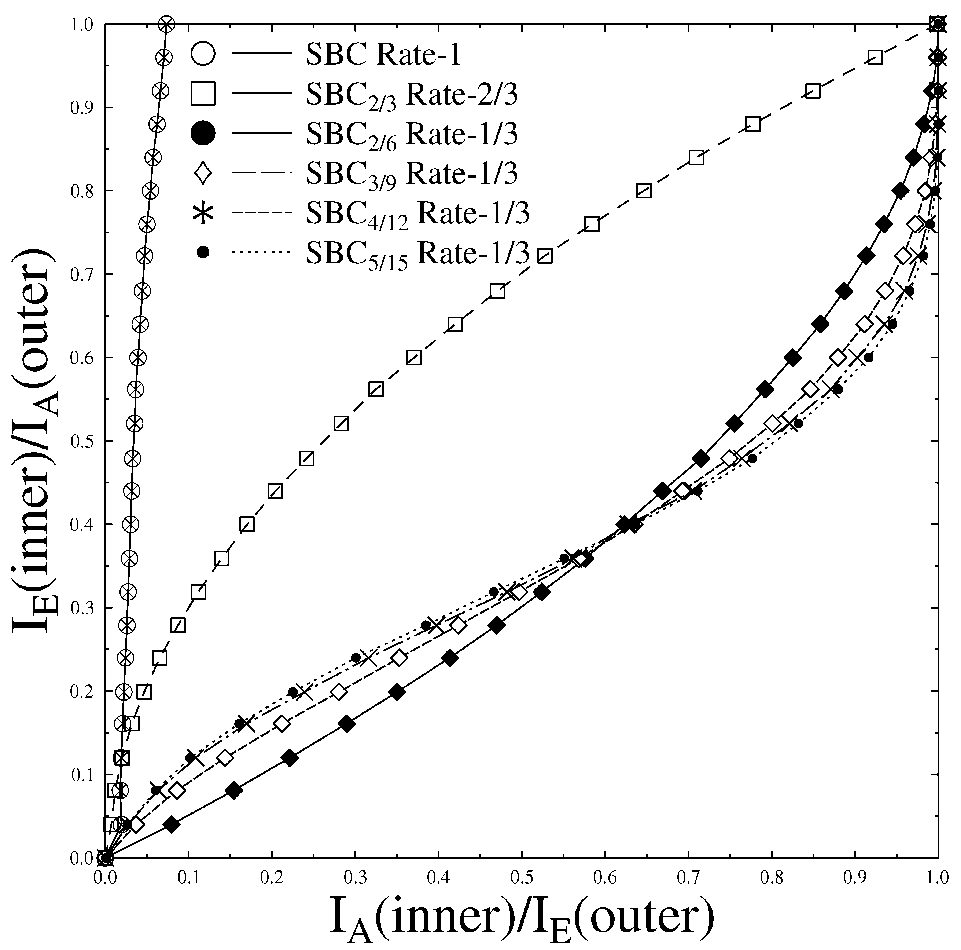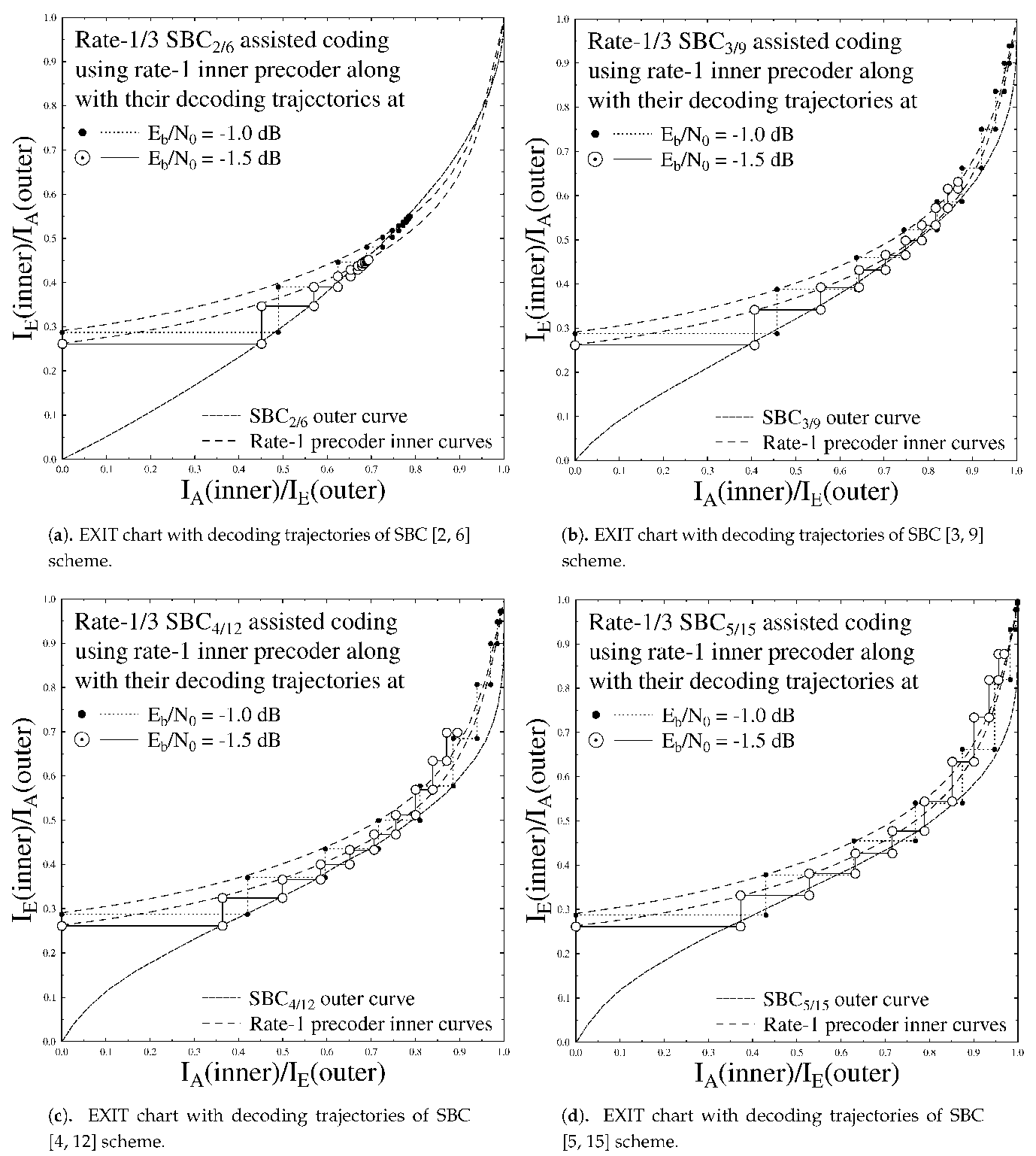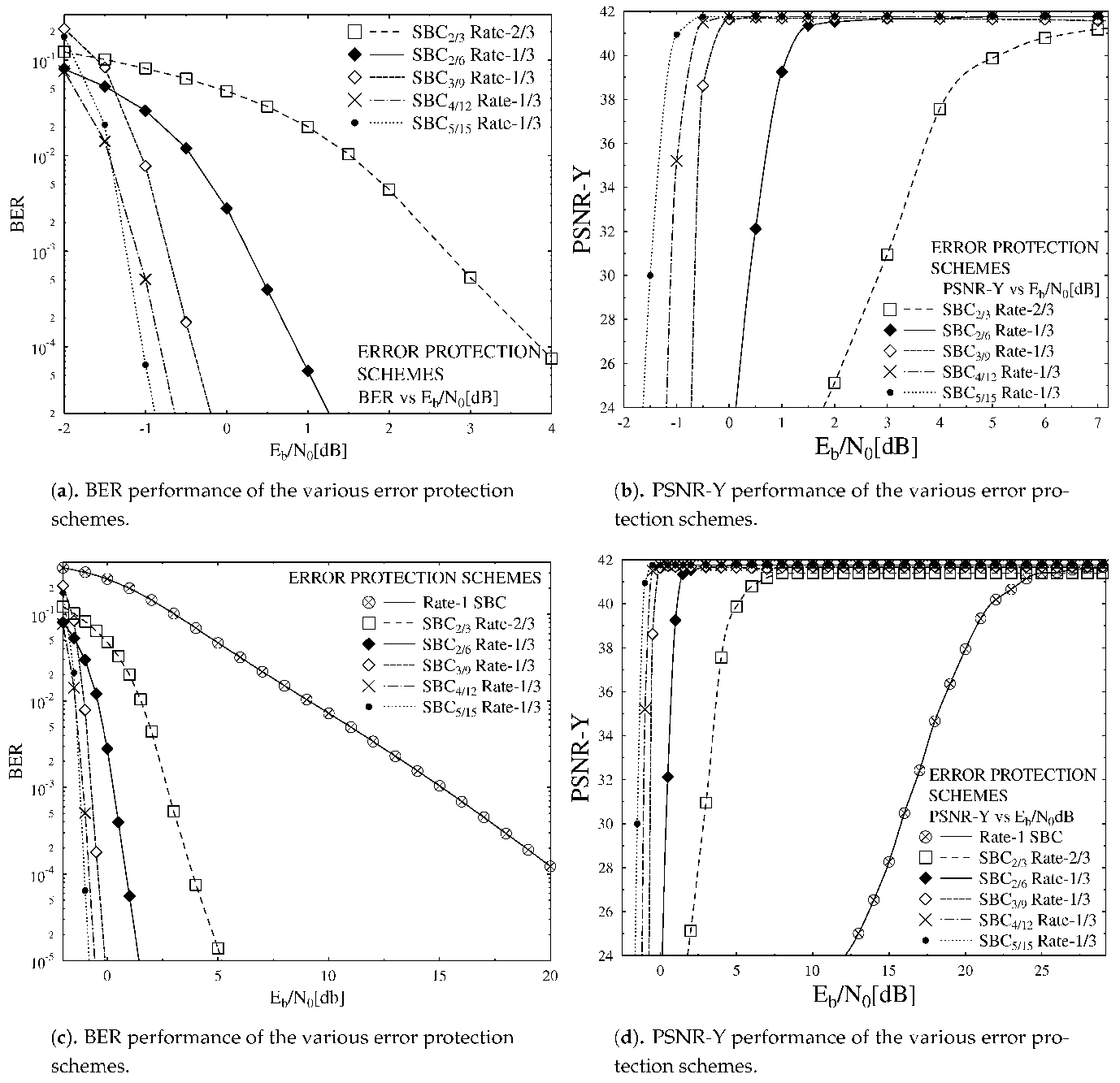Performance Analysis of Sphere Packed Aided Differential Space-Time Spreading with Iterative Source-Channel Detection
Published In: Sensors Impact Factor: 3.576
Abstract:
The introduction of 5G with excessively high speeds and ever-advancing cellular device capabilities has increased the demand for high data rate wireless multimedia communication. Data compression, transmission robustness and error resilience are introduced to meet the increased demands of high data rates of today. An innovative approach is to come up with a unique setup of source bit codes (SBCs) that ensure the convergence and joint source-channel coding (JSCC) correspondingly results in lower bit error ratio (BER). The soft-bit assisted source and channel codes are optimized jointly for optimum convergence. Source bit codes assisted by iterative detection are used with a rate-1 precoder for performance evaluation of the above mentioned scheme of transmitting sata-partitioned (DP) H.264/AVC frames from source through a narrowband correlated Rayleigh fading channel. A novel approach of using sphere packing (SP) modulation aided differential space time spreading (DSTS) in combination with SBC is designed for the video transmission to cope with channel fading. Furthermore, the effects of SBC with different hamming distances d(H,min) but similar coding rates is explored on objective video quality such as peak signal to noise ratio (PSNR) and also the overall bit error ratio (BER). EXtrinsic Information Transfer Charts (EXIT) are used for analysis of the convergence behavior of SBC and its iterative scheme. Specifically, the experiments exhibit that the proposed scheme of error protection of SBC d(H,min) = 6 outperforms the SBCs having same code rate, but with d(H,min) = 3 by 3 dB with PSNR degradation of 1 dB. Furthermore, simulation results show that a gain of 27 dB Eb/N0 is achieved with SBC having code rate 1/3 compared to the benchmark Rate-1 SBC codes.




